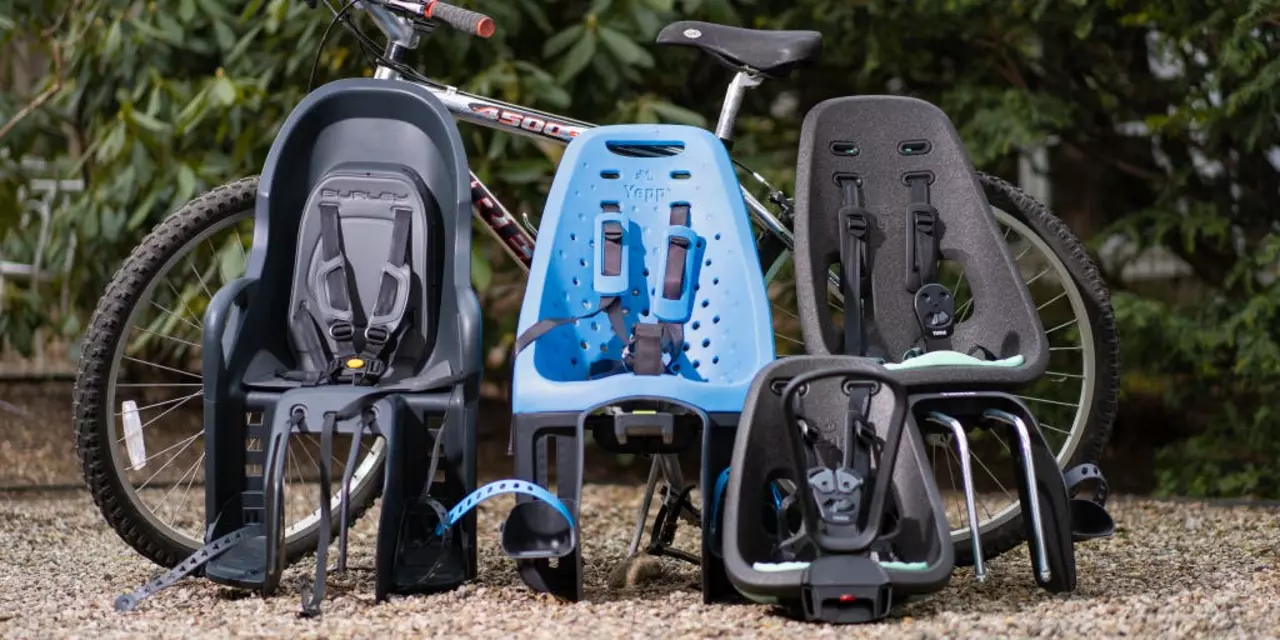SEARCH
Everything You Need to Know About Cruiser Bikes
Thinking about grabbing a cruiser bike? You’ve probably seen those relaxed‑looking rides with wide handlebars, comfy seats, and a laid‑back vibe. They’re not just for beach cruisers – a good cruiser can tackle city streets, park paths, and even light off‑road trails. Let’s break down the basics so you can pick the right bike, feel confident on the road, and tweak it to suit your style.
How to Pick the Right Cruiser Bike
First off, size matters. A cruiser that’s too small will cramp your legs; too big and you’ll waste energy. Measure the distance from the top of the seat tube to the ground – most adult cruisers sit between 28 and 32 inches. Sit on a few models in a shop if you can; you should be able to place your feet flat on the ground while seated.
Next, think about frame material. Steel frames give a smooth ride and can absorb bumps, but they’re heavier. Aluminum is lighter and rust‑proof, yet can feel a bit harsher on rough pavement. If you want the best of both worlds, look for a chromoly steel frame with an aluminum fork.
Don’t overlook components. Wide 2‑inch tires provide stability and a cushioned feel, but if you plan to zip around town, narrower 1.75‑inch tires cut rolling resistance. Single‑speed cruisers are simple and low‑maintenance, while a 3‑speed internal hub adds flexibility for hills without the fuss of external gears.
Riding Tips to Get the Most Out of Your Cruiser
Once you’ve got your bike, the real fun begins. Keep your posture relaxed – lean back slightly, keep elbows bent, and let the wide handlebars guide you. This stance reduces strain on your wrists and lower back.
When you hit a bump, don’t stiffen up. Let the bike’s front fork and the tire’s volume absorb the shock, and keep your weight centered. If you’re riding on mixed surfaces, shift your weight forward a bit when climbing and shift back when descending to maintain traction.
Braking on a cruiser feels different than on a road bike. Most have coaster brakes (push‑back pedals) or a rear rim brake. Practice gentle stops to avoid skidding, especially on wet pavement. If you have a front brake, use it sparingly – cruisers aren’t built for hard, sudden stops.
Maintenance is straightforward. Clean the chain regularly, check tire pressure weekly, and tighten any loose bolts after the first 50 miles. A quick grease of the headset and bottom bracket will keep steering smooth and avoid squeaks.
Want to upgrade? Swapping to wider tires, adding a padded seat lock, or fitting a set of LED safety lights can personalize your ride without breaking the bank. For a sporty edge, consider a drop‑bar conversion kit – it changes the riding position and makes the bike feel more responsive.
With the right fit, a few riding habits, and a couple of simple upgrades, your cruiser bike can become a go‑to ride for errands, weekend cruises, or relaxed fitness sessions. So hop on, feel the breeze, and enjoy the effortless ride a cruiser offers.

Is a mountain bike safer than a cruiser bike?
Mountain bikes and cruiser bikes provide two different riding experiences, but what about safety? When it comes to safety, mountain bikes may have an edge. Mountain bikes are generally more durable and better suited for off-road terrain, with features like wider tires and shock-absorbing suspension systems that can help protect riders from falls. Additionally, mountain bikes are designed to be more responsive and easier to control than cruiser bikes, making them a better option for riders who want better control and stability. Ultimately, it's up to each individual rider to decide which type of bike they feel most comfortable with, but mountain bikes may offer a safer ride.
Continue reading